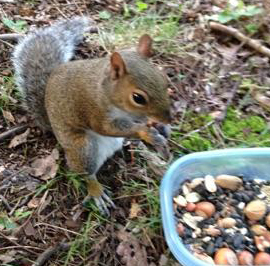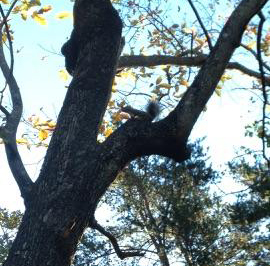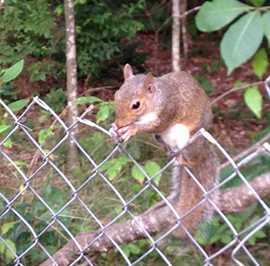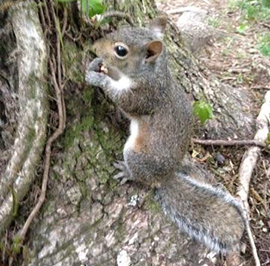Even though the fall season has been relatively hot and dry, wildlife knows cold weather is on the way. And this is the time of year many animals seek places to build nests and burrows for the winter. Unfortunately what sometimes appears to be a “perfect” spot for them is actually the attic or crawlspace of your home!
These conflicts can be prevented by carefully going over the seams of your home, and identifying places that may provide access. Even a small crack or loose board is enough to entice a resourceful animal to make it a winter retreat.
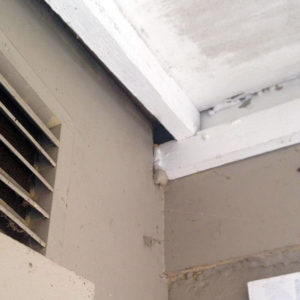
Many access points can be sealed with galvanized hardware cloth that has been stapled into place and covered with dirt and gravel where appropriate. Other spots may be sealed with aluminum flashing or an extra piece of trim.
Keep in mind that once an animal is living in or under your home, there are still humane ways of evicting it without trapping. Trapping often causes enough stress to put the animal into cardiac arrest. Other times, the animal will die of self-inflicted wounds sustained will panicking or trying to escape the trap. Many individuals fail to check the trap on a regular basis and some animals die of dehydration.
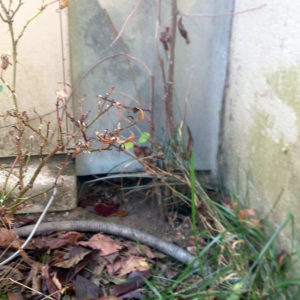
Even if the animal survives the trapping process, due to the stress of being handled by humans, they often will not survive the relocation process. Wildlife depends on having a territory that is familiar to them, where they know dangerous and safe areas, the water source, and where they likely have siblings, parents, and offspring. Relocating a wild animal removes all these important resources and often forces them into conflicts and dangerous situations while they frantically try to find a water source and safe place to live.
In addition to directly or indirectly killing the wild animal, trapping does not resolve the fact that an access point into the home remains, and inevitably more animals will find it.
Once an animal has decided to live in your home, there are humane and effective ways to encourage wildlife to relocate.
Used cat litter, ammonia moth balls and/or ammonia-soaked rags can be make an area less attractive to smaller wildlife. Lights and noise can deter others; a radio and spotlight left on for a few nights can discourage wild animals from trying to make a nest or burrow in the area. A one-way door placed over the access point can allow an animal to leave but not return.
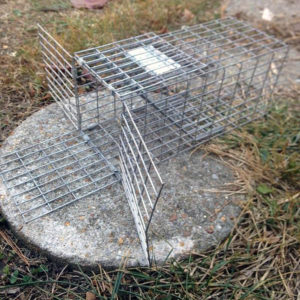
Humanely evicting wild animals requires a basic knowledge of their daily habits and natural history. Doing so makes it less likely your efforts will compromise the animals’ survival or separate them from their babies.
Often a temporary shelter (such as a nestbox) placed outside of the newly-sealed access point will keep evicted animals from being left “out in the cold” and vulnerable to predators while they secure a new, natural nest site.
There are numerous resources for learning more about sealing and securing your home and humanely evicting wildlife. Some of our favorites include UrbanWildlifeRescue.com andwww.greenwoodwildlife.org. These websites offer helpful and practical tips for wildlife conflicts.
Another great resource is the book, Wild Neighbors, by John Hadidian, which offers a thorough overview of various wild animals, their habits and how to handle potential conflicts with them.


